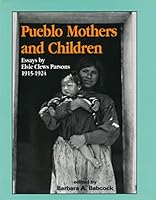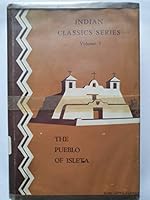James Bible Study Faith = Do
Select Format
Select Condition 
You Might Also Enjoy
Book Overview
As you read through the whole book of James, certain common themes begin to emerge: 1. He calls them "my brothers" very, very often. 2. He's not too impressed with "rich people". 3. He talks about a new kind of law: the "law of liberty". 4. He expects people of "faith" to be doing something. 5. He thinks talking is serious business. 6. He accuses them of thinking they are something great when they are not. 7. He advises prayer when any need arises. As you read, you realize that James had a few things to say...and I think he could barely get them on paper because of all the other things he kept thinking of, like sending the kid off to college, or off to camp - and don't forget this...and don't forget this....and don't forget this....
Format:Paperback
Language:English
ISBN:1387604058
ISBN13:9781387604050
Release Date:February 2018
Publisher:Lulu.com
Length:56 Pages
Weight:0.34 lbs.
Dimensions:0.1" x 8.5" x 11.0"
More by Elsie Clews Parsons
Customer Reviews
2 customer ratings | 2 reviews
There are currently no reviews. Be the first to review this work.

















































